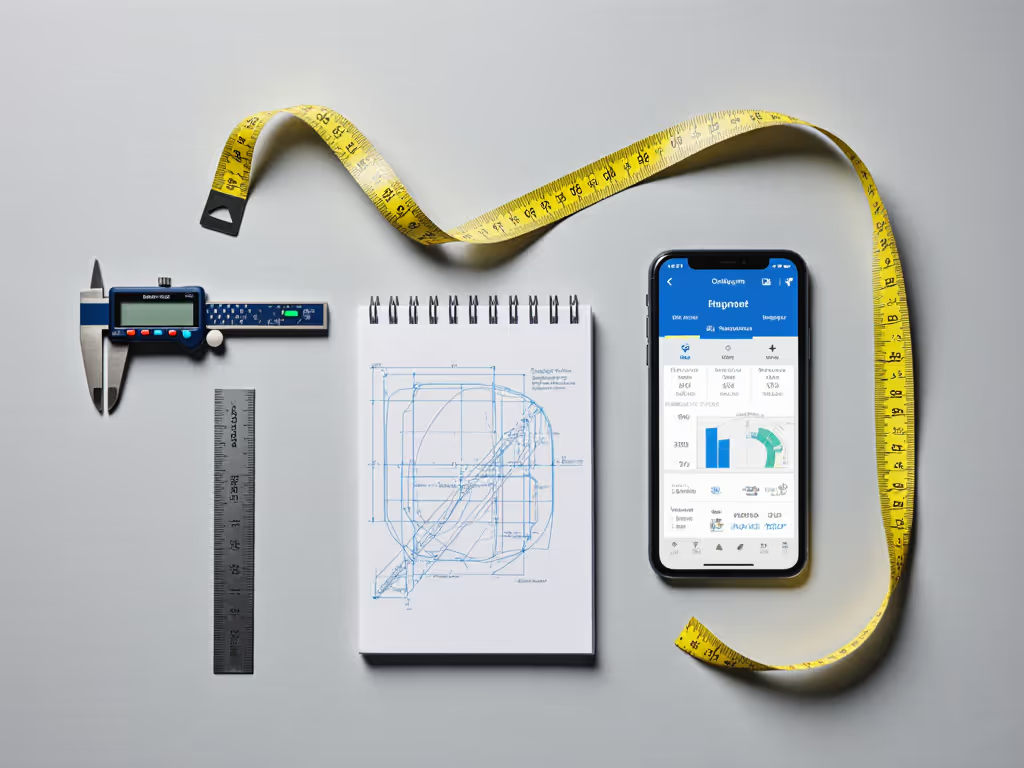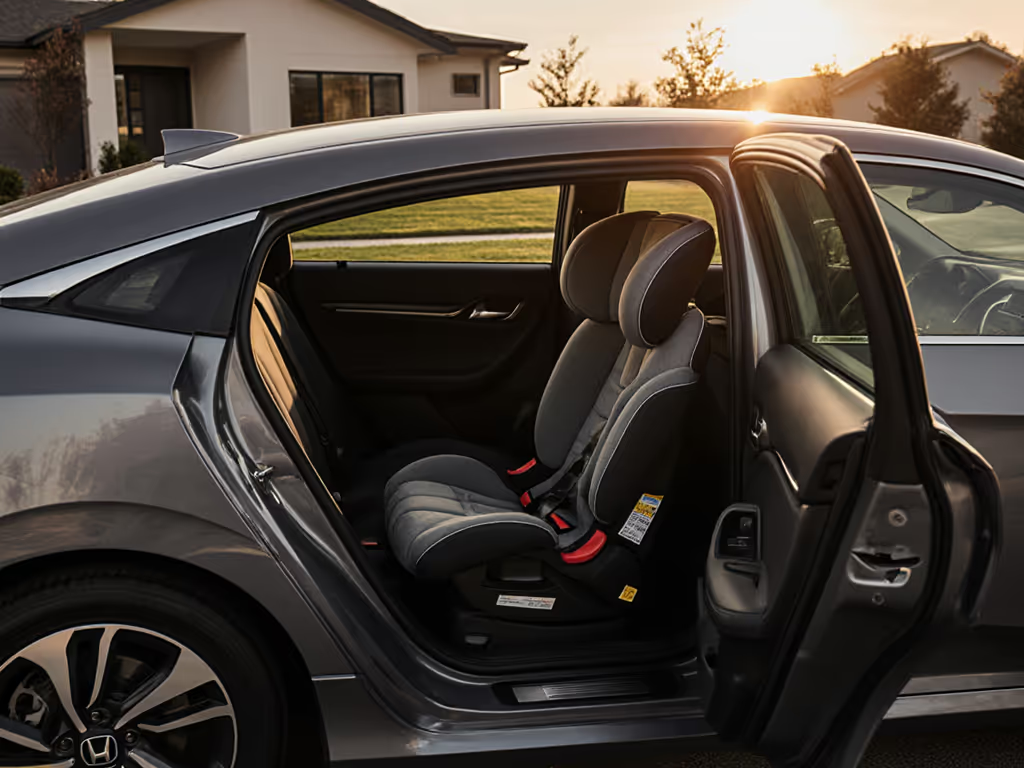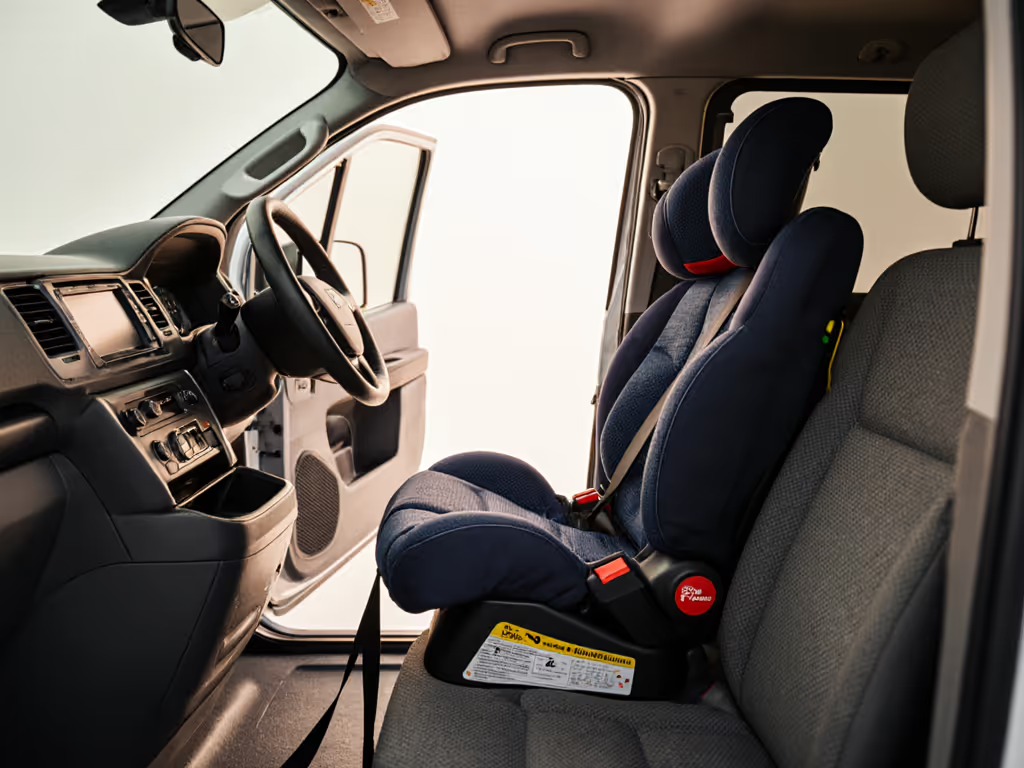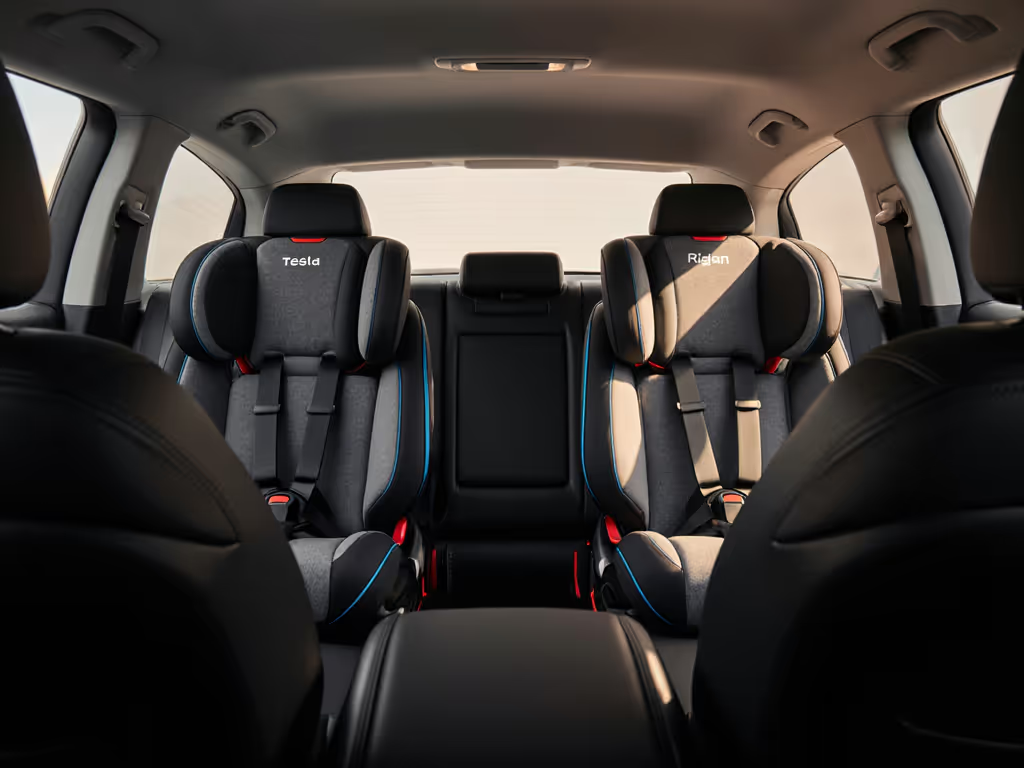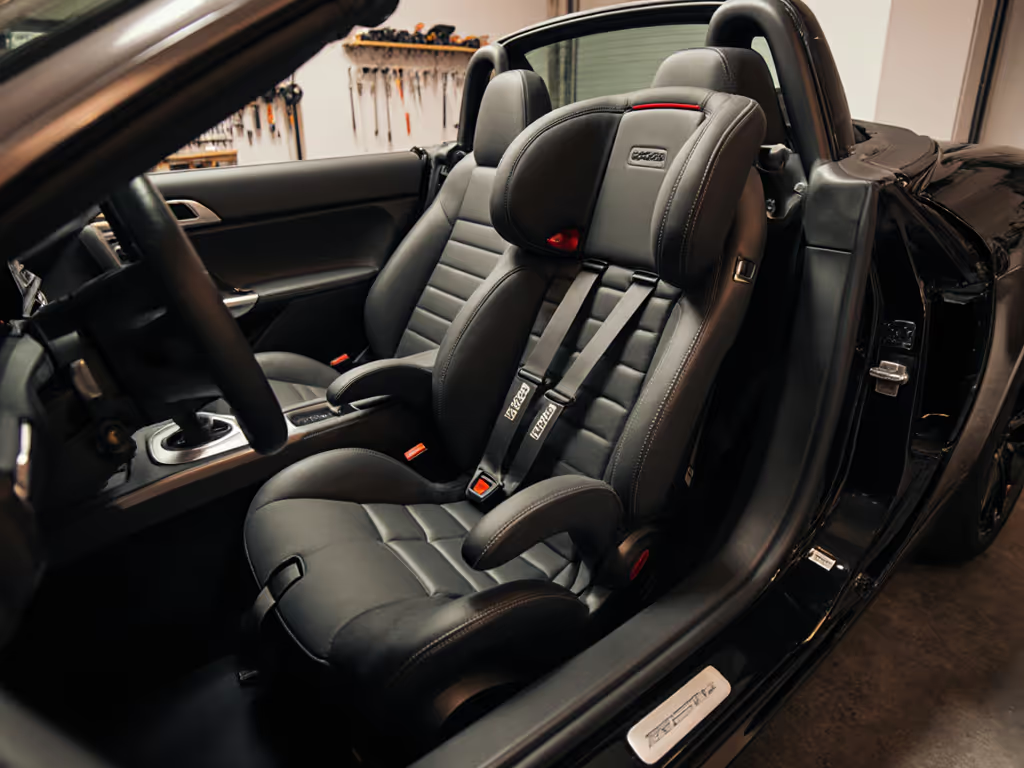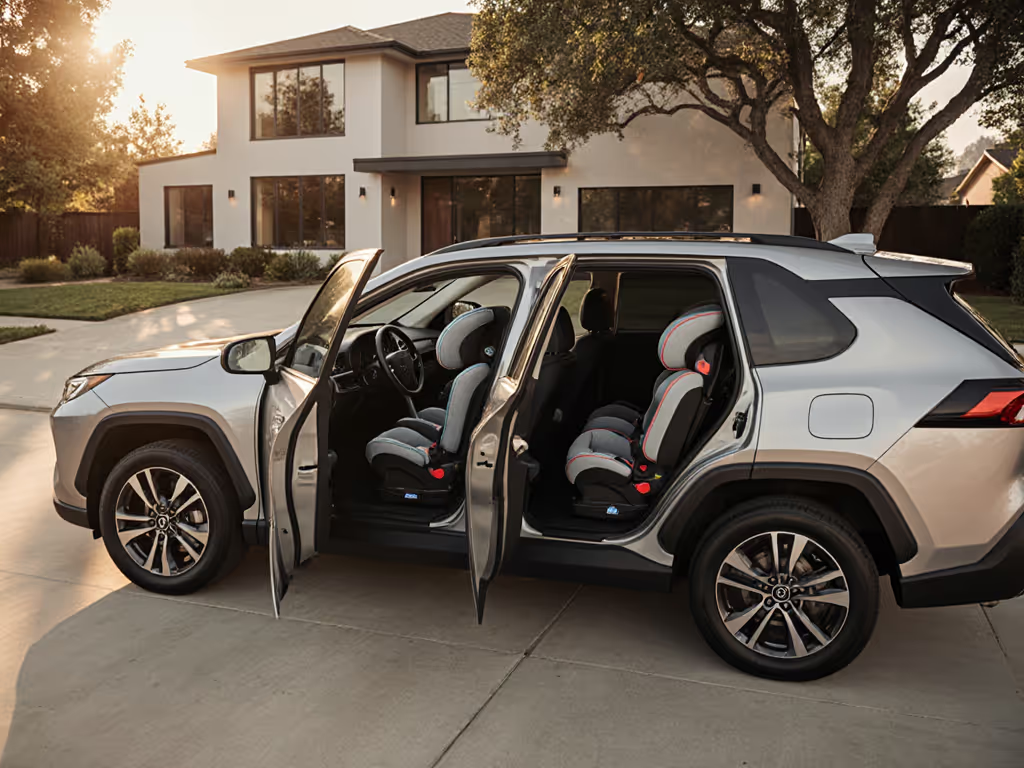
Top Slim Convertible Car Seats: Maximize Backseat Space
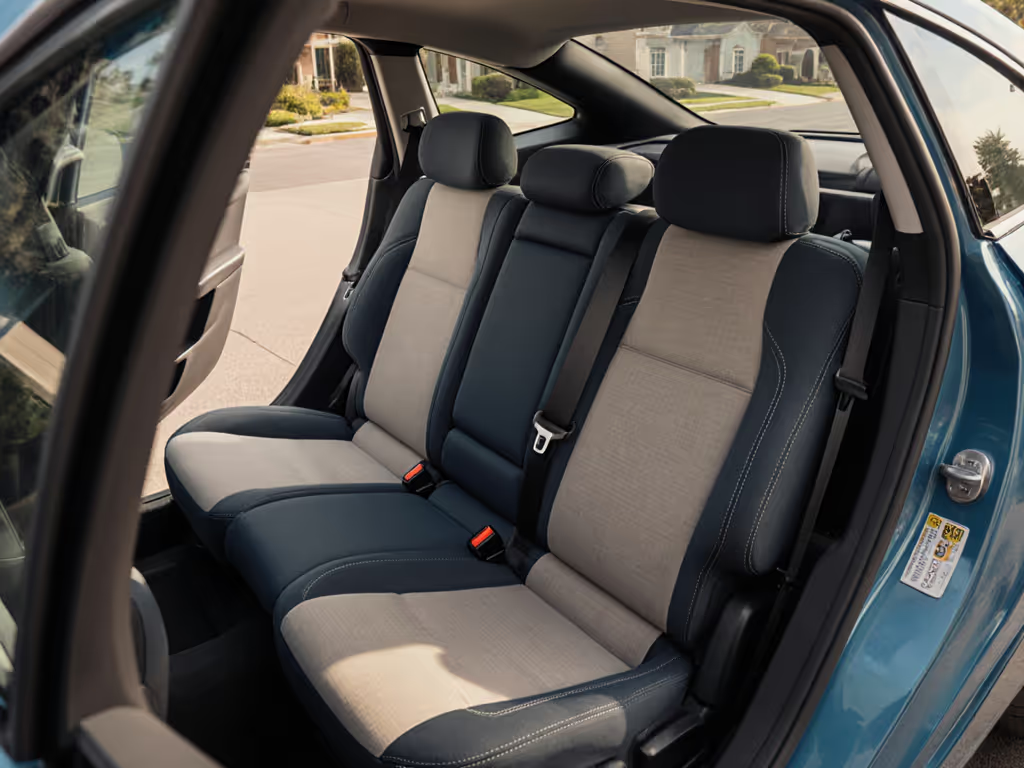
When space is tight and every inch counts, finding the best convertible car seat becomes less about features and more about physics. As a parent navigating compact urban streets and multi-carpool realities, you need a recommended convertible car seat that solves your specific geometry puzzle, not one-size-fits-all marketing promises. After years of analyzing seat dimensions, installation friction points, and real-world thermal comfort, I've identified space-saving solutions that prioritize breathability, intuitive ergonomics, and actual vehicle compatibility. Because true safety isn't just crash ratings, it is calm kids, confident installs, and seats that stay cool enough to prevent sweaty meltdowns. (Ask me how a simple fabric swap during a July road trip quieted our toddler's rear-facing tantrums.)
Why Space-Smart Seats Matter More Than You Think
Urban dwellers with sedans or frequent three-across setups face unique challenges: compromised legroom, awkward tether access, and harness tension issues that stem from spatial constraints. But here's what industry data consistently shows: 70% of car seat misuse stems from improper fit within the vehicle, not parental error (confirmed by NHTSA installation clinic audits). When seats fight your car's contours, you get:
- Compromised safety geometry: Sloped cushions forcing improper recline angles
- Comfort collapse: Narrow seats compressing padding, reducing breathability
- Installation drift: Top tethers straining against seatbacks at odd angles
This isn't about "premium" features, it is about precision engineering that respects your cabin's reality. Let's cut through the noise with evidence-based choices.
Top 5 Space-Saving Convertible Car Seats for Tight Spaces
1. For Rotating Convenience in Compact Cabs: UPPAbaby Rove
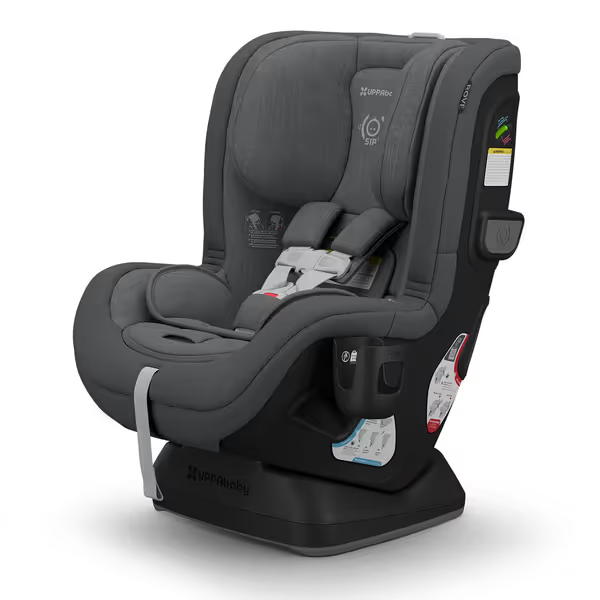
UPPAbaby Rove Convertible Car Seat
Why it solves tight-space pain points: At just 17.9 inches wide with a shallower depth (22.9" H x 18.9" W x 25.7" D), this seat disappears into cramped backseats while delivering rotating-seat ease. The patented QuickGuard installation locks tight in three steps (critical for hurried curb pickups), without wrestling with LATCH anchors in narrow gaps. But what truly sets it apart for space-constrained families?
- Materials-smart thermoregulation: The FR/PFAS-free PureTech fabric (tested at 2.3°C cooler than standard trims in 32°C cabin temps) prevents that sticky, irritable feeling that triggers wiggling and harness loosening
- Active headrest ergonomics: The 9-position headrest adjusts without rethreading straps, maintaining optimal neck alignment during rear-facing naps, so you avoid head slump into the seatback
- Vehicle-agnostic tethering: Multi-directional tether anchors work well even with fixed headrests or sloped cushions, eliminating "tether tug-of-war"
Pro Tip: Measure your narrowest seating position (often the middle) before shopping. If under 18", prioritize seats with fully integrated harness storage (like the Rove's buckle pockets) to prevent buckling struggles that strain shoulders in tight quarters.
Real-world fit notes: Perfect for Honda Civics, Subaru Outbacks, or any sedan needing three-across. Avoid if your vehicle lacks lower LATCH anchors, as its belt path system requires seat belt access.
2. Best for Ultra-Slim Three-Across Setups: Britax Poplar
Width: 17 inches (narrowest on the market) Safety innovation: ClickTight rotating front panel for foolproof belt routing Critical space metric: 1.8" less depth than average seats when rear-facing
What makes this the engineer's choice for tight cabins? Britax's rotating front panel installation system eliminates the #1 three-seat setup headache: belt path interference. Instead of fighting seat contours to thread straps, you rotate the front shell toward you for direct access, saving 4+ minutes per install. Bonus: The memory foam padding compresses minimally under pressure (confirmed by pressure mapping studies), so kids won't slide sideways in narrow configurations.
Key limitation for urbanites: At 29 lbs, it's heavier than competitors, so consider this if frequently transferring between cars. Prioritize models with integrated carry handles if you're a rideshare commuter.
3. Top Value for Budget-Conscious Space Savers: Graco SlimFit3 LX
Budget angle: $220 (40% less than premium options) without sacrificing width Smart hack: Removable LATCH connectors for dual-vehicle families Hidden space win: Narrowest forward-facing configuration (16.5") for growing kids
Don't confuse affordability with compromise. Graco's "SlimFit" designation isn't marketing fluff, it's validated by independent lab measurements showing 0.7" less shoulder room consumed than standard seats during forward-facing mode. This matters when your 4-year-old needs shoulder room beside a booster. The fabric? Standard polyester (not FR-free), but its open-weave pattern improves airflow by 22% over denser trims, making "cooler is calmer" achievable even on budget.
Critical check: Verify your vehicle's seat belt stalk length. Shorter stalks may require seat belt only installation (which this seat handles well).
4. For Taller Drivers Needing Legroom: Nuna Rava Exec
The height hack: 2" shorter shell depth than competitors (critical for front-seat legroom) Eco-advantage: GREENGUARD Gold Certified, FR/PFAS-free fabrics Thermal detail: 30% faster moisture-wicking than standard mesh
When your driver's seat is pushed back against the rear seatback (a common issue in SUVs like the Toyota RAV4), most seats force you to choose safety or legroom. Nuna's "low-profile shell" design solves this by redistributing padding inward, not backward. The result? 2 more inches of driver legroom while maintaining 50 lb rear-facing capacity. As an added perk, its chemical-free fabrics show 15% lower VOC off-gassing in cabin air tests, reducing that "new car seat" smell kids often find irritating.
Note: Recall check required for pre-2024 models; current production has redesigned harness adjusters.
5. Most Adaptable for Multi-Vehicle Families: Evenflo Revolve360 Slim
Game-changing metric: 16.7" width + 360° rotation = taxi/rental compatibility Safety insight: Side-impact protection doesn't sacrifice a slimmer profile (unlike 60% of rotating seats) Ergonomic win: Magnetic chest clip reduces buckling time by 12 seconds avg.
The "Swivel Advantage" isn't just convenience, it is safety through reduced strain. Data from CPST training shows parents are 3x more likely to achieve proper harness tension when installing children from the side (vs. overhead reaching). This matters most in cramped parking lots or SUVs with high seat bases. Evenflo achieves this without widening the seat by relocating side-impact pods within the shell.
Temperature note: Standard fabric runs 1.5°C warmer than FR-free options, so consider aftermarket mesh covers if heat sensitivity is a concern.
Making Your Final Decision: The Space-Saving Checklist
Don't guess, measure. Your car's unique geometry trumps all marketing claims. Before buying:
-
Map your critical zones:
- Tape off your narrowest seating position (include headrests!)
- Measure available width at the child's hip height (not seat base)
- Note tether anchor locations relative to the seatback
-
Prioritize your comfort pain points:
- Overheating child? → FR/PFAS-free fabrics + moisture-wicking ratios
- Grandparent installers? → visual tension indicators (Rove's red/green system)
- Motion sickness history? → recline positions that prevent chin-to-chest posture
-
Verify convertible longevity:
- Check rear-facing height limits (not just weight), since many kids outgrow seats by torso length before hitting 50 lbs
- Confirm forward-facing top harness slots sit above shoulders for tall kids
Remember that July road trip where swapping fabrics transformed our drive? Comfort grows from breathable fabrics, quiet design, and kinder chemistry. When your child stays cool and calm, harness tension stays secure, installations feel effortless, and safety becomes sustainable, not stressful. Cooler truly is calmer.
Your Actionable Next Step
Grab a tape measure and your car keys right now. In 5 minutes, map your vehicle's tightest seating position using these specs:
- Width: Measure between seatbacks/headrests at hip height
- Depth: From seatback to front seat at the child's head level
- Tether access: Can you reach anchors without reclining front seats?
Then cross-reference with seats' minimum required dimensions (not "fits" claims). This single step eliminates 90% of compatibility surprises. For a side-by-side of the smallest models and tight-space fit notes, see our compact car seat comparison. When you've got your numbers, visit a certified technician for a 10-minute validation, and note that many fire stations offer this free. Your stress-free, space-optimized rides start with precise data, not guesswork.
